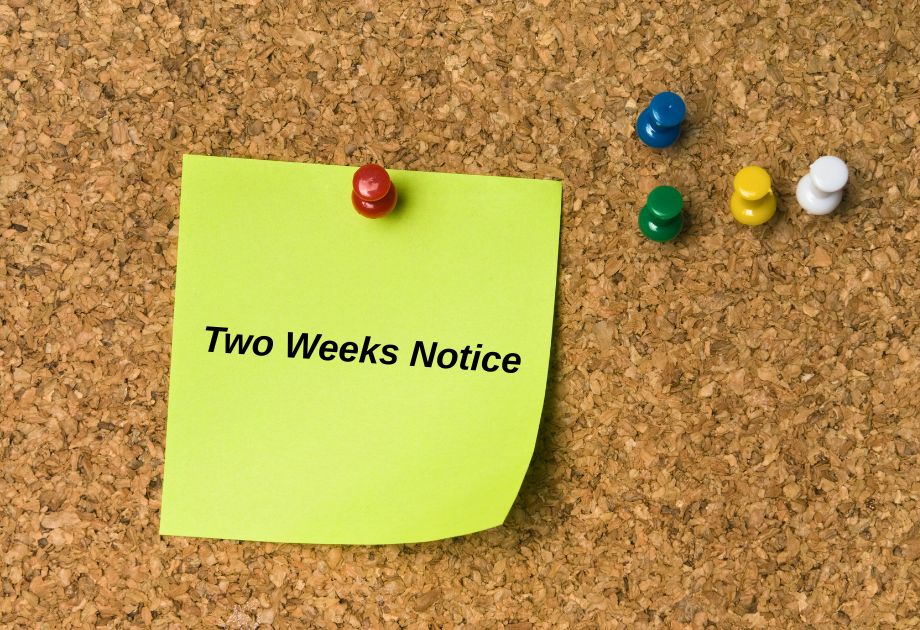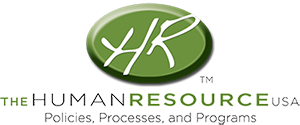Rethinking Two Weeks’ Notice for a Healthier Workplace
Rethinking Two Weeks’ Notice for a Healthier Workplace
.png)
What goes through your mind when an employee hands in their two weeks’ notice—relief, surprise, or frustration that it’s too late to make a difference?
The two weeks’ notice has long been a standard part of workplace etiquette, offering employees a formal way to resign and employers a brief window to prepare for their departure. While it may seem like professional courtesy, this outdated practice often causes more disruption than it prevents.
Robert Glazer, author of Rethinking the Two Week Notice, recently joined Pandy on our podcast to talk about how employers can take a more proactive approach to employee conversations. Instead of waiting for the exit interview, he challenges leaders to engage earlier, listen better, and explore solutions that benefit both sides.
In this article, we’ll explore how to build a culture of communication that helps you spot performance issues and better understand what’s driving turnover. It’s a companion to our conversation with Robert—and a practical starting point for rethinking how you handle retention.

The Problem with the Traditional Two Week Notice System
The traditional two week notice system may have been designed with good intentions, but in today’s workforce, it often creates more problems than it solves. Instead of encouraging honest communication and thoughtful transitions, it tends to generate secrecy, anxiety, and a rush to fill gaps.
Employees frequently conceal their plans, pretend to be sick while interviewing elsewhere, and leave managers blindsided—a cycle that damages trust and erodes team morale. Glazer points out that this outdated approach causes more harm than good, and the data backs him up.
According to Psico-Smart, 55% of employees placed on a performance improvement plan (PIP) leave within a year—voluntarily or otherwise (Psico-Smart, n.d.-c, https://psico-smart.com). This statistic reflects a broader trend: traditional practices often mishandle transitions, leading to disengagement, decreased productivity, and missed opportunities for growth.
How Two Week Notices Erode Psychological Safety
When resignations are rushed and unplanned, they damage psychological safety. In a workplace where employees feel they must hide their intentions; it sends a clear message: honesty and vulnerability come with consequences. This fear-based culture discourages openness, increases turnover, and undermines any effort to build strong, trust-based teams.
Glazer emphasizes that psychological safety must be in place before any healthy transition process can occur. Without it, even well-meaning exit policies feel punitive rather than collaborative.

A Better Way Forward: The Open Transition Program
Forward-thinking organizations are adopting an alternative: the Open Transition Program. Rather than waiting for a two week countdown, these programs encourage employees to voice career concerns earlier, creating time to plan for smoother transitions.
Companies like Netflix have already implemented this model with positive outcomes, citing improved alumni relationships and reduced operational disruptions.
This approach protects employer brand, preserves trust, and opens doors for honest conversations that benefit everyone. Transparency isn’t just a perk of company culture—it’s a practical strategy that minimizes damage and maximizes dignity.
Why Open Conversations Matter
Honest conversations about career goals and workplace satisfaction are linked to stronger organizational performance.
About 70% of high-performing companies supplement annual reviews with frequent performance conversations and coaching (Workhuman, n.d., https://www.workhuman.com/resources/globoforce-blog/annual-performance-reviews).
These regular check-ins help surface early signs of disengagement and dissatisfaction. Rather than waiting for frustration to build, leaders can collaborate with employees on solutions—sometimes uncovering a better role internally or sometimes mutually preparing for a thoughtful transition.
Building the Foundation for Open Transitions
Before launching an Open Transition Program, organizations must first foster a culture where trust and transparency are the norm. In Elevate Your Team, Glazer explains how foundational trust enables high-performing, collaborative teams. That foundation starts with intentional practices—regular check-ins, honest leadership communication, and approaches to problem-solving that focus on learning rather than blame.
When employees feel heard and supported, they’re far more likely to bring up issues before they escalate into resignations.
.jpg)
Rethinking Performance Improvement Plans (PIPs)
PIPs are another area that often reinforces a reactive, fear-driven environment. While they can be useful when handled well, they’re too often deployed as last-ditch efforts.
According to Psico-Smart, 60% of employees feel anxious when placed on a PIP, worrying more about losing their job than about improving their performance (Psico-Smart, n.d.-f, https://psico-smart.com).
Rather than fostering development, many PIPs inadvertently communicate failure and finality. When employees interpret a PIP as the beginning of the end, the opportunity to build trust and improve outcomes is lost.
When a Performance Improvement Plan Helps — and When It Hurts
Used appropriately, PIPs can drive meaningful change—especially in cases involving skill gaps or performance misunderstandings. But applying them universally is misguided. Glazer likens it to giving Tylenol to three patients without understanding why each has a headache. The same treatment won’t address different root causes.
Strategic use of PIPs requires diagnosing the real issue. Are expectations unclear? Is burnout playing a role? By addressing the root cause, leaders can provide targeted support that actually leads to growth. Companies that implemented personalized performance plans saw productivity increase by 24% (Psico-Smart, n.d.-g, https://psico-smart.com).
How to Personalize Support During Transitions
Performance management isn’t one-size-fits-all. Transitions—whether improving in a current role or preparing to exit—should be approached with empathy and precision. That might mean offering access to mental health resources, adjusting workloads during family emergencies, or holding career conversations that explore future possibilities.
Resources like HR Academy from The Human Resource USA can help leaders develop the skills to manage these nuanced situations with confidence and care.

Building a Proactive Culture of Communication
The long-term goal is simple: create a workplace where open communication is the norm. When employees are encouraged to share feedback, voice concerns, and discuss career goals early, organizations thrive.
Studies from Workhuman, CultureMonkey, and PeopleKeep consistently show that investing in internal communication leads to higher retention, satisfaction, and profitability. A few ways to start: implement short pulse surveys, hold regular open office hours, and offer peer coaching programs to normalize dialogue.
The Business Case for Psychological Safety
Psychological safety delivers measurable business results. Companies with high psychological safety report a 20-25% increase in productivity and a 21% boost in profitability (Psico-Smart, n.d.-j, https://psico-smart.com).
In an era of increasing turnover, that kind of stability matters. Updating your approach to employee exits and transitions doesn’t just protect morale—it protects the bottom line.
Create Stronger Teams with The Human Resource USA
Rethinking how we handle employee transitions starts with rethinking the assumptions we’ve held for years. Two weeks' notice may be tradition, but it doesn’t serve the modern workplace. By shifting toward proactive communication, early interventions, and open transitions, leaders can strengthen team dynamics and preserve trust.
At The Human Resource USA, we work with organizations to modernize their HR practices, offering strategic insights and tools that create healthier work environments.
Our HR Academy is a great place to start if you want to expand your team’s capacity for empathetic leadership, performance coaching, and positive transition planning.
If you’re ready to build a more resilient, engaged workforce, contact us today to learn how we can help you lead with clarity, compassion, and confidence.
